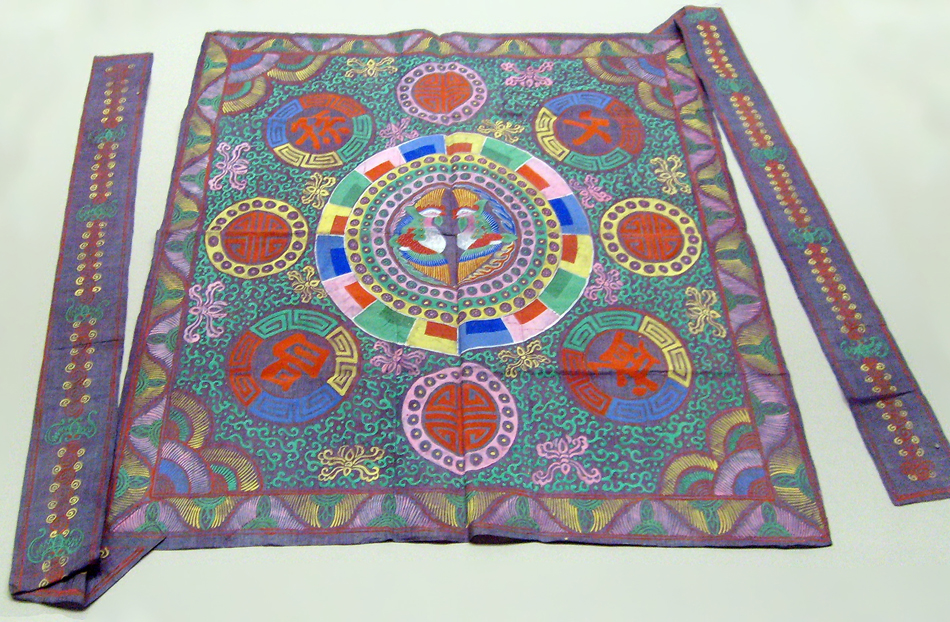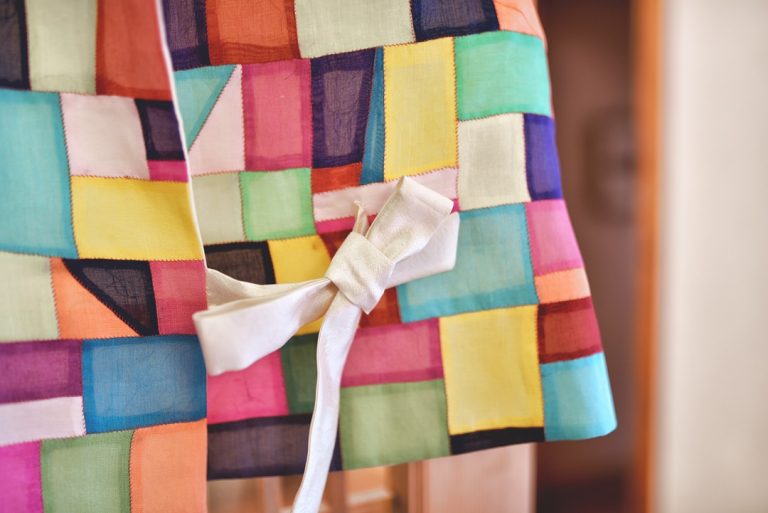Bojagi is traditional korean wrapping cloth. Typically they have square patterns and can be made of multiple materials. Normally Bojagi is made of silk or ramie (plant native to eastern Asia).
There is evidence of bojagi since early Joseon Dinasty (1392-1910). It was mainly used in a buddhist context as sutras or simple tablecloth.
That is why in traditional Korean folk it was believed that wrapping objects protected them with good luck. Bojagi was also used in special occassions like weddings.

Royal Bojagi
Up to 1,650 bojagi could be made for a royal wedding. Royal Bojagi was not patchwork

Common Bojagi
Also known as jogakbo (조각보) or Min-bo. Jogakbo was made by commoners using multiple pieces of cloths (cloth leftovers) called 조각 (jogak)
As for jogakbo, it was normal among commoners that wrapping cloths, beddings, tablecloths and more were weaved using leftover pieces. Every last bit was used and the jogakbo were made depending on the creator's aesthetic views.
Nowadays, Jogakbo is an art of it's own. You can see many museums and galleries dedicated to this tradition.
Fun fact - KoLearn logo is inspired by Jogakbo
Happy learning!
Credits
Images (wikimedia)Royal Bojagi (premierevision)
Jogakbo (daramji) Bojagi (wikipedia) Jogakbo and Header(daramji) Jogakbo (vam.ac)
